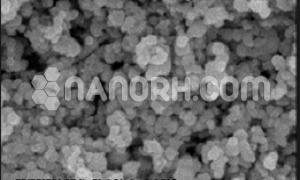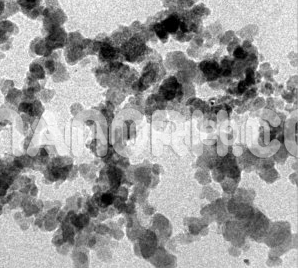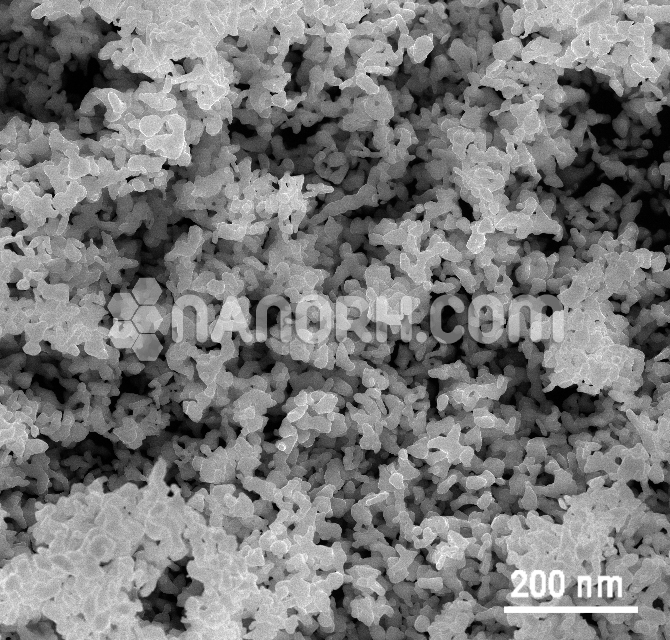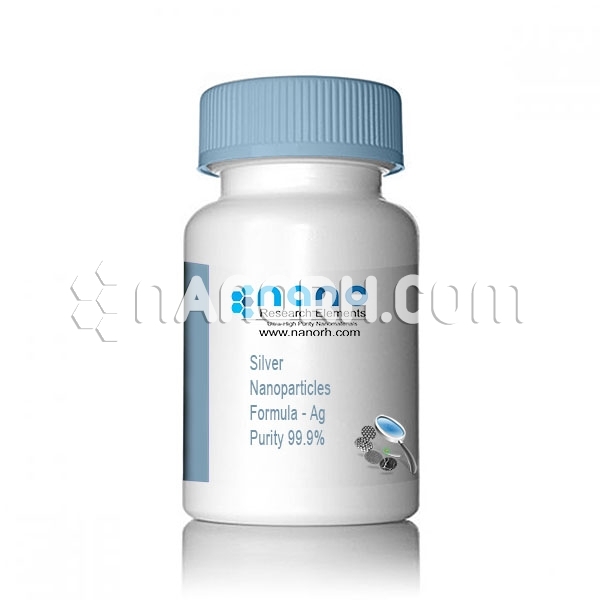Barium Titanate (BaTiO3) Nanopowder / Nanoparticles (BaTiO3, 99.9%, 200nm, Tetragonal)
High-thickness optical information stockpiling; Phase conjugated mirrors and lasers; Nonlinear optical gadgets; Pattern acknowledgment; Micro-capacitors; Ferroelectric pottery; PTC thermistors; On-chip programmable gadgets; Optical figuring; Optical picture handling…
| Barium Titanate Nanopowder | |
| Product No | NRE-4005 |
| CAS No. | 12047-27-7 |
| Formula | BaTiO3 |
| APS | <200nm (Can be Customized) |
| Purity | 99.9% |
| Color | white |
| Molecular Weight | 233.19 g/mol |
| Density | 6.02 g/cm3 |
| Melting Point | 1625 °C |
| Boiling Point | NA |
Barium Titanate Nanopowder Application:
Barium Titanate Nanopowder is a ceramic material with a high dielectric constant used for the production of multilayer ceramic capacitors, thermistors and electro-optical components, which has different crystallographic modifications. BaTiO3 exists as a tetragonal ferroelectric phase with a high dielectric constant at room temperature and undergoes a phase transformation at 125 ° C where it becomes a cubic paraelectric phase. The phase transformation also occurs at room temperature, as the size of the crystallites decreases. The transformation temperature can vary as for the synthetic way. Three important contributions are dedicated to the study of the reaction mechanism for the formation of BaTiO3 Nanopowder. The first assumed that a solid-state reaction between nanocrystalline BaTiO3 Nanopowder and TiO2 would lead to the formation of BaTiO3 Nanopowder as the final reaction product. The other two contributions concluded that BaTiO3 formed directly from the thermal decomposition of an intermediate phase (Ba2Ti2O5CO3) above 635 8C. In the present work, the main objective is the synthesis of homogeneous nanometric barium titanate and the characterization of precursors and calcined powders. Sintered compacts will be developed to study sintering behavior and dielectric properties. Such information would be useful to device manufacturers, especially those involved with thin-film dielectrics.




